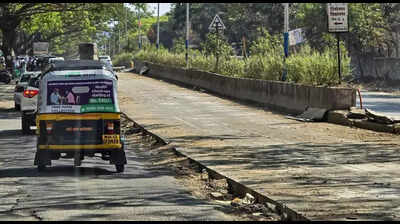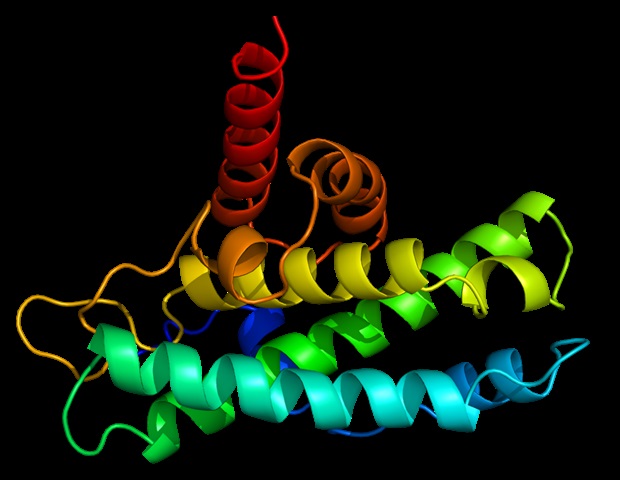Pune: The Pune Metropolitan Region Development Authority ( PMRDA ) has decided to make concrete roads instead of tar ones for all upcoming projects within its jurisdiction. Officials said the decision was taken after assessing the long-term maintenance costs and durability of tar roads compared to concrete alternatives. The move received mixed reactions from experts.
Many urged that the focus be first on laying utility lines — including stormwater, drainage and water supply lines — in the PMRDA region before building concrete roads. Some welcomed the move. You Can Also Check: Pune AQI | Weather in Pune | Bank Holidays in Pune | Public Holidays in Pune PMRDA commissioner Yogesh Mhase said CM Devendra Fadnavis — who also serves as the chairman of PMRDA — has approved the proposal.

A PMRDA engineer's analysis said the overall cost of constructing concrete roads is at least 30% more than tar roads. However, Mhase said tar roads require reconstruction or major repairs five to six times over a 25-year period, making its overall cost approximately 5% higher. Initially, the initiative was only for five talukas including Bhor, Velhe, Mulshi, Maval and Khed, since tar roads constructed in these areas get damaged frequently.
However, it would be implemented across the entire PMRDA region now, Mhase said. "The defect liability period (DLP) of concrete roads will be 10 years and the contractor will have to maintain it during this period," he said, adding that only the National Highway Authority of India and no other agency follows a 10-year DLP policy for its works. Mhase further said the authorities have cancelled tenders for 46 tar roads, since new stretches will only be concrete.
In the next month, the tendering process for the new roads will be completed, he added. Activist Ravindra Sinha said there is no stormwater, drainage or water supply network across the PMRDA region. "The authorities should first work on laying necessary utility lines and, once that is done, they can take a decision to make concrete or tar roads.
It will take a substantial amount of time to lay pipes if the work starts now. It is not advisable to wait till then to develop roads. PMRDA should go ahead and make tar roads," he said.
Sinha further said concrete roads require more excavation, which adversely impacts groundwater recharge; hence, the authorities should opt for tar roads where the damage because of vehicular load is not much. Veteran urban planner Ramchandra Gohad welcomed the move and said, "It is a good decision to build concrete roads, but the authorities should lay cross pipelines every 30 metres so that the whole road would not have to be dug for maintenance work." Mhase agreed that the standard process of first laying drainage, stormwater and water supply lines before developing a road was not being followed.
"We have initiated the tendering process for drainage lines in 233 villages located along the border of Pune and Pimpri Chinchwad municipal corporations through 11 different schemes. We will ensure process to lay lines for basic utilities is complete before developing the roads," he said. According to the PMRDA draft development plan, which is yet to be cancelled, there are 233 villages considered urban areas because of their location along the border of Pune and Pimpri Chinchwad municipal corporations.
PMRDA officials said they have also decided that new roads requiring land acquisition would not be below 18 metres wide. In cases where land acquisition is not needed, the normal width may vary between 5.5 metres and 7 metres, whereas 3.
5-metre-wide roads will be built in the interior parts. Pune: The Pune Metropolitan Region Development Authority (PMRDA) has decided to make concrete roads instead of tar ones for all upcoming projects within its jurisdiction. Officials said the decision was taken after assessing the long-term maintenance costs and durability of tar roads compared to concrete alternatives.
The move received mixed reactions from experts. Many urged that the focus be first on laying utility lines — including stormwater, drainage and water supply lines — in the PMRDA region before building concrete roads. Some welcomed the move.
PMRDA commissioner Yogesh Mhase said CM Devendra Fadnavis — who also serves as the chairman of PMRDA — has approved the proposal. A PMRDA engineer's analysis said the overall cost of constructing concrete roads is at least 30% more than tar roads. However, Mhase said tar roads require reconstruction or major repairs five to six times over a 25-year period, making its overall cost approximately 5% higher.
Initially, the initiative was only for five talukas including Bhor, Velhe, Mulshi, Maval and Khed, since tar roads constructed in these areas get damaged frequently. However, it would be implemented across the entire PMRDA region now, Mhase said. "The defect liability period (DLP) of concrete roads will be 10 years and the contractor will have to maintain it during this period," he said, adding that only the National Highway Authority of India and no other agency follows a 10-year DLP policy for its works.
Mhase further said the authorities have cancelled tenders for 46 tar roads, since new stretches will only be concrete. In the next month, the tendering process for the new roads will be completed, he added. Activist Ravindra Sinha said there is no stormwater, drainage or water supply network across the PMRDA region.
"The authorities should first work on laying necessary utility lines and, once that is done, they can take a decision to make concrete or tar roads. It will take a substantial amount of time to lay pipes if the work starts now. It is not advisable to wait till then to develop roads.
PMRDA should go ahead and make tar roads," he said. Sinha further said concrete roads require more excavation, which adversely impacts groundwater recharge; hence, the authorities should opt for tar roads where the damage because of vehicular load is not much. Veteran urban planner Ramchandra Gohad welcomed the move and said, "It is a good decision to build concrete roads, but the authorities should lay cross pipelines every 30 metres so that the whole road would not have to be dug for maintenance work.
" Mhase agreed that the standard process of first laying drainage, stormwater and water supply lines before developing a road was not being followed. "We have initiated the tendering process for drainage lines in 233 villages located along the border of Pune and Pimpri Chinchwad municipal corporations through 11 different schemes. We will ensure process to lay lines for basic utilities is complete before developing the roads," he said.
According to the PMRDA draft development plan, which is yet to be cancelled, there are 233 villages considered urban areas because of their location along the border of Pune and Pimpri Chinchwad municipal corporations. PMRDA officials said they have also decided that new roads requiring land acquisition would not be below 18 metres wide. In cases where land acquisition is not needed, the normal width may vary between 5.
5 metres and 7 metres, whereas 3.5-metre-wide roads will be built in the interior parts..
















